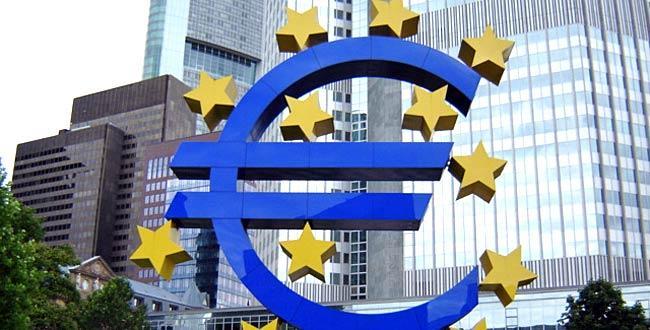Blog

Eurozone Businesses Maintain Steady Growth
PMI edges lower in May but Eurozone remains on course for best quarter for three years
Flash Eurozone PMI Composite Output Index at 53.9 (54.0 in April). 2-month low.
Flash Eurozone Services PMI Activity Index 53.5 (53.1 in April). 35-month high.
Flash Eurozone Manufacturing PMI at 52.5 (53.4 in April). 6-month low.
Flash Eurozone Manufacturing PMI Output Index at 54.7 (56.5 in April). 6-month low.
The Eurozone is enjoying its best calendar quarter for three years, according to the Markit Eurozone PMI. Despite the "flash‟ PMI estimate for May falling from 54.0 in April to 53.9, the latest reading was the second-strongest seen over the past three years and leaves the average for the second quarter so far at the highest since the second quarter of 2011.
An increase in the surveys measure of new orders to its highest since May 2011 also bodes well for further resilient growth of business activity in June.
The on-going improvement in business conditions was evident in both manufacturing and services, albeit with the rates of growth moving in different directions. While output and new business in the services sector hit the highest since June 2011, manufacturers reported the smallest increases in output and new orders since last November. The slowdown in manufacturing was in part due to weaker export performance, with new export orders showing the smallest increase since July of last year.
Companies across both sectors nevertheless expanded capacity to meet rising demand, collectively taking on staff at the fastest rate since September 2011. Manufacturers boosted their employment numbers for a fifth straight month, although to a lesser extent than the recent peak seen in April, while services providers raised their payroll count for a second straight month. However, in both cases, rates of job creation remained only modest.
The cautious approach to hiring in part reflects the fact that, although rising, demand remains weak by the surveys historical standards, and that growth of sales was often only achieved by further discounting. Average prices charged continued to fall in May, declining at an identical rate to April (although a marginal increase in manufacturers‟ selling prices was recorded, offset by the steepest decline in rates charged for services since November).
Input costs, on the other hand, rose at the fastest rate for three months. When combined with the drop in selling prices, the increase in costs points to a further squeeze on companies‟ profit margins.
By country, robust growth in Germany again contrasted with a disappointing performance in France. An on-going robust expansion of output meant the region’s largest member state continued to enjoy its best spell of growth for three years. Order book growth also accelerated, prompting German firms to take on staff at the fastest rate since December 2011. Price charged also rose at a slightly increased rate. Faster activity growth in Germany’s service sector contrasted with a slowdown in manufacturing.
While Germany enjoyed strong growth, business activity in France fell back into decline, albeit only marginally, contrasting with the modest return to growth seen in the prior two months. Service sector activity fell for the first time for three months while manufacturers reported the first (marginal) contraction of output since January. Both sectors also saw falling levels of new orders. French firms consequently cut staffing numbers to the greatest extent for three months, and cut average selling prices at the steepest rate for ten months.
Elsewhere across the single currency area, output growth continued to accelerate, reaching the highest since August 2007. New orders meanwhile showed the largest monthly increase since July 2007 and, although rising only modestly, employment increased for a second consecutive month, with the rate of job creation nudging up to the highest since February 2008. Prices charged continued to fall, but at the weakest rate since July 2011.
Commenting on the flash PMI data, Chris Williamson, Chief Economist at Markit said: “A slight easing in the euro areas rate of growth was seen in May but doesn’t change the picture of a region that’s enjoying its best spell of growth for three years, especially when an acceleration in growth of new orders suggests that the pace of expansion could pick up again in June. GDP looks set to rise by 0.5% in the second quarter after the lacklustre 0.2% rise in the first three months of the year.
“Deflationary pressures remain a major issue, however, and the on-going fall in average prices charged for goods and services adds to the likelihood of the ECB taking action to boost the economy at its June meeting. However, policymakers will also be minded of the steady recovery the region appears to be undergoing, suggesting that anyone expecting any aggressive policy initiatives may be disappointed.
“Of greatest concern is France, living up to its moniker of „sick man of Europe‟ by sliding back into contraction as Germany continues to enjoy robust growth and the rest of the region experiences its best expansion since mid-2007.”
See more at http://www.markiteconomics.com/Public/Page.mvc/home



Comments